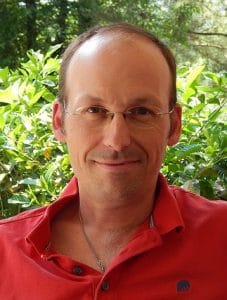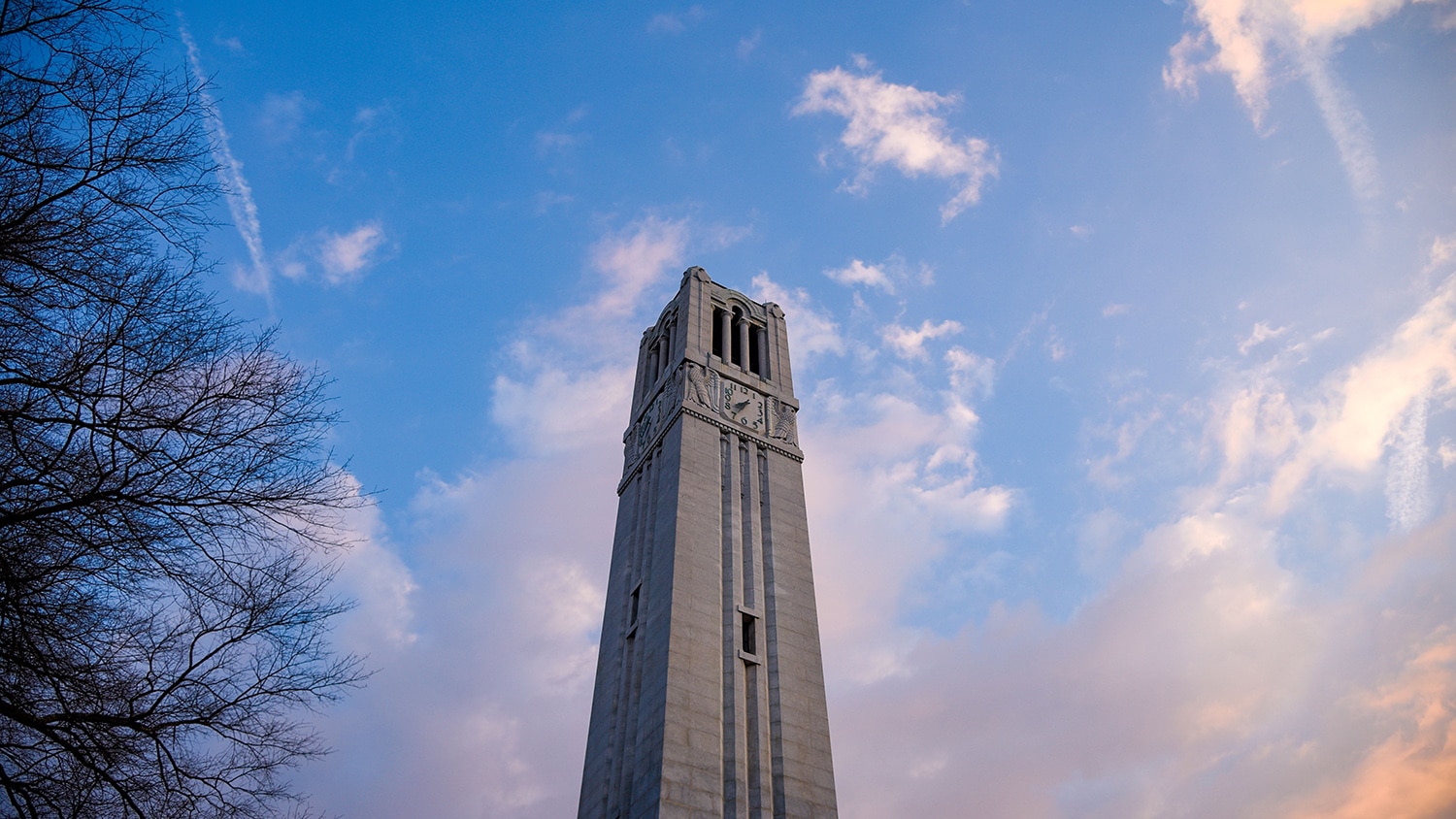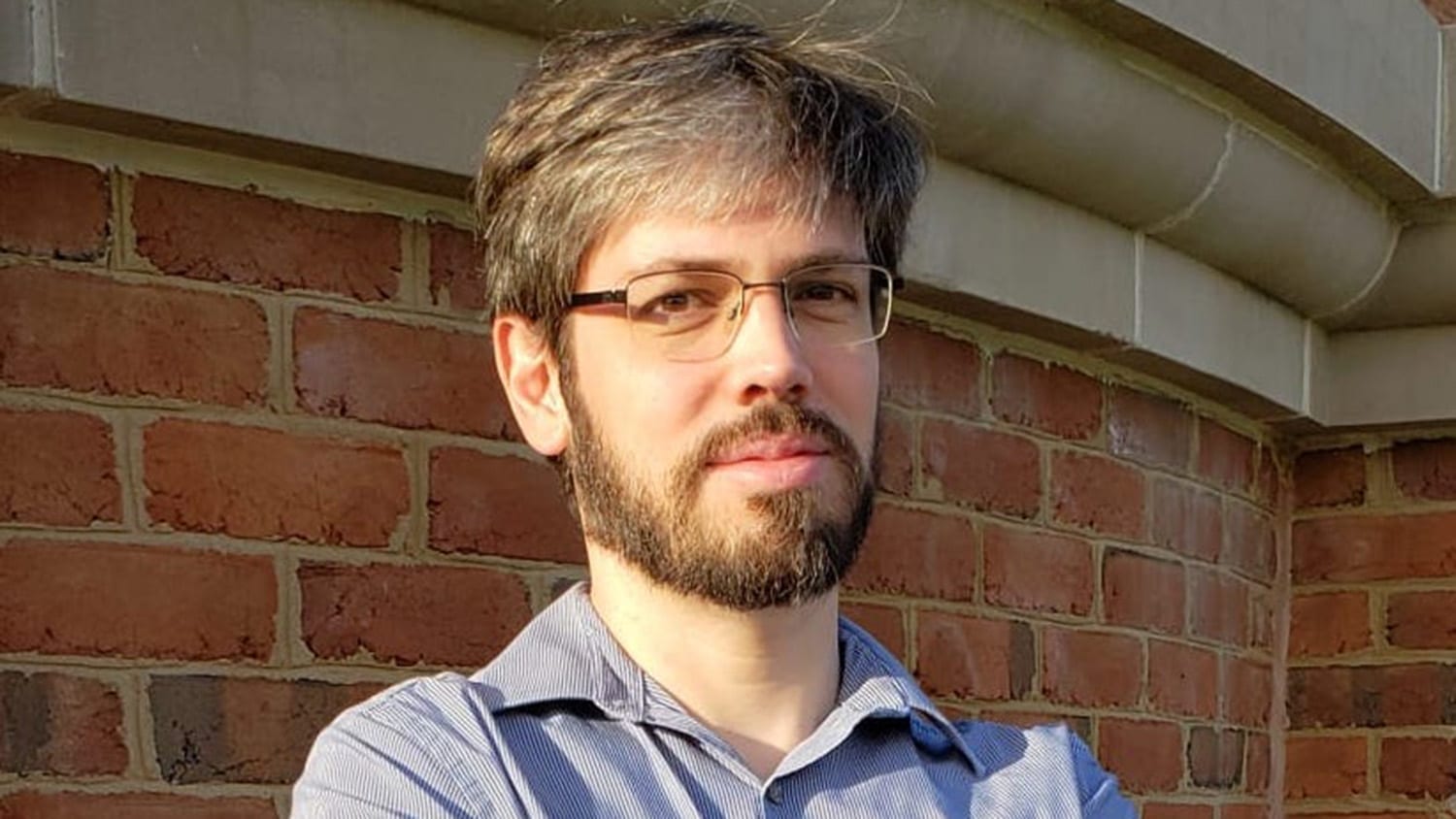Rhett Allain Has (Yet Another) Physics Question for You
 Rhett Allain loves to ponder arcane questions:
Rhett Allain loves to ponder arcane questions:
Is it possible to lift a car by sucking through a straw?
Are expensive batteries worth the extra money?
How much ice do you need to cool one can of beer?
“I’m doing it for me, for my curiosity,” says Allain, 46, who tackles conundrums like these on Wired’s Dot Physics blog. “My target audience has always been me. When I write about what I enjoy writing about, other people seem to like it.”
Allain, who got his Ph.D. in physics at NC State in 2001 and is an associate professor at Southeastern Louisiana University in Hammond, La., has blogged about science since 2010. Wired covers how emerging technologies affect culture, politics and the economy. Allain explores the intersection of physics and popular culture.
He’s used physics to address such consequential concerns as how a new superweapon in Star Wars VII: The Force Awakens could destroy a solar system, how much Jedi master Yoda weighs and even how to thwart Angry Birds. His fascination with the addictive video game pitting birds against pigs also inspired one of his three books, Angry Birds: Furious Forces!
“To me, the game is finding out how it works,” Allain says. “It’s really interesting to try to find out the physics in the game — which is not always real physics. I’m just trying to explain how you make light, what’s a force, what’s momentum, things like that, for a very general audience.”
A leisurely scroll through his more than 2,000 posts makes it clear that Allain is wooing a diverse audience. He’s used physics to explain Stephen Curry’s killer jump shot, to find out if an online video is real or fake, and he’s even considered what to pack when preparing for time travel. Those with a background in high school or college-level physics — “the people I think would enjoy it fully” — will find plenty of posts packed with formulas and equations and meticulously plotted grafs.
Early on, Allain was happy to get 50 page views a day. Now, some of his posts go viral, and he’s often surprised when it happens.
“It’s weird what gets the most traffic,” Allain says, recalling a post that drew close to 200,000 views during Fourth of July week in 2011. The subject: How much ice do you need to cool a can of beer? “I thought it wasn’t very challenging,” he says, “but boy, it got popular!”
Thanks to the blog, Allain has been invited to talk about physics on CNN and at the Smithsonian and to do consulting work for TV science shows. First in line was the Discovery Channel’s popular MythBusters, which reached out after Allain blogged about some errors he noticed on the show.
“At one point, they started trying to insert science explanations into (the show), and you can do that in a way that’s not 100 percent correct but it’s not 100 percent wrong either,” he says. “That’s when they started having problems.”
For MythBusters’ final season, he tested the plausibility of planned experiments and wrote short summaries to explain complex concepts to viewers — laborious writing he calls “science haiku.” It’s an apt analogy for a physicist who is also keenly interested in literature, music, history, art and more.
The son of a chemist, Allain grew up in Naperville, Ill., outside Chicago, where he was forever building something or taking something apart. He’s still that way. “I might mess it up,” he says, “But I’m going to try it anyway.”
That willingness to take a chance reflects a philosophy he hopes will rub off on his students. He says many want to give up as soon as confusion sets in. “If you go to the gym and you don’t get sweaty and you don’t get sore, you probably didn’t do anything,” Allain tells them. “Confusion is the sweat of learning.”
It’s why he’s admittedly torn about a push to promote interest in science, technology, engineering and math — fields in which the U.S. is underrepresented. Some of the campaigns suggest science is easy, he says, and it’s not. And he sees that as the beauty of it.
“I don’t aim to excite kids. I just aim to share my enthusiasm for physics,” Allain says. “We have to embrace the challenge that science makes.”
(Original story at Red and White for Life)
- Categories:


